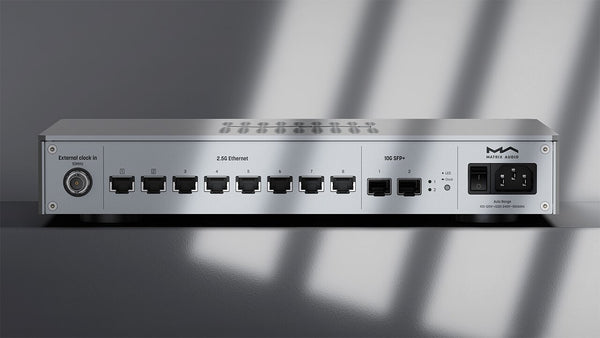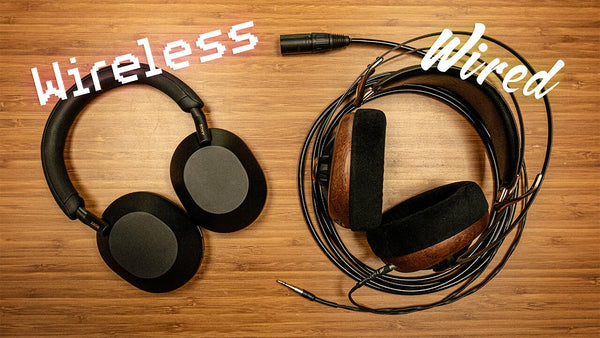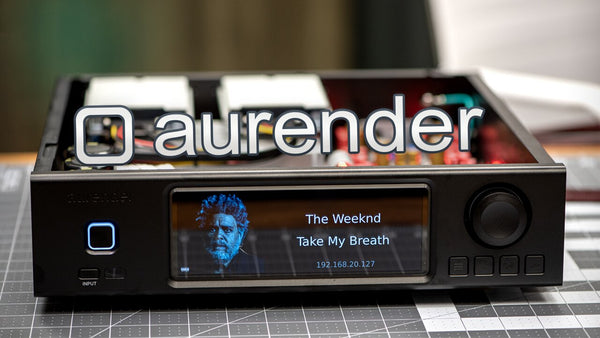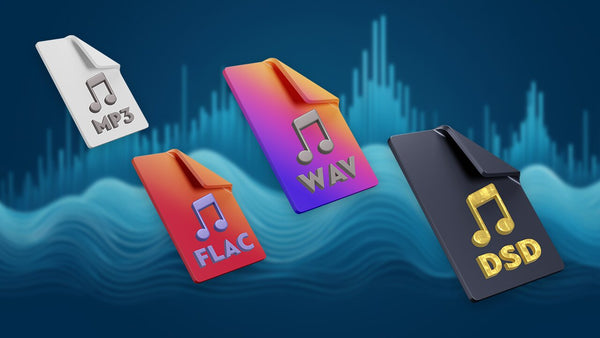In the summer of 2019, Matrix Audio introduced their most advanced headphone amplifier, pre-amplifier, DAC, DAP, and music streamer to date: The Element X. The Element X streamer is the flagship of Matrix Audio’s Element series line. The Element X provides audiophiles and music lovers everywhere with a quality music player that has all the features of other DACs at a lower price point.
The Matrix Audio Element X DAC section is outfitted with the ES9038 PRO+ DAC chip and an ES9311 low drop-out, low-noise voltage regulator. These two items are designed for high performance audio systems and are one of the reasons the Element X is priced the way it is. It is also equipped with a Crystek CCHD-950 femtosecond clock, which provides options for both balanced and unbalanced listening with most headphones. The Element X has dual 3-pin and 4-pin XLR outputs for balanced listening, and quarter-inch outputs for unbalanced listening. No other Element series streamer has such varied output connection options.
The Element X is double shelled with an inner shell of galvanized steel and an outer shell made from 4mm aluminum. Matrix Audio sought to minimize resonance of its flagship product by focusing on materials and the overall construction of the device. One of the best things about the Element X is its volume control. Matrix Audio had the idea to combine the functionality and advantages of analog audio control with the precision of digital audio control. Composed of a cluster of relays, the Element X has several volume adjustments that can be made, giving the listener complete and accurate control of their music (Note that for every 20dB of attenuation there will be an audible “click” in the relay).
The Element X is made with a Noratel 40W linear power supply that creates the foundation for its fantastic sound quality. The device is equipped with linear regulators and a 4-layered printed circuit board (PCB) that assists in the reproduction of original and accurate sound playback. As beautiful the device is on the inside, the outside is just as much so. The design of the Matrix Audio Element X is a sleek and simplified streamer, stripped of eccentricities like curved corners and a myriad of buttons. The design is timeless – minimalistic yet giving you ease of access to everything you need.
Combining a world-class DAC, DAP, headphone Amplifier, pre-amplifier, music streamer, incredibly low noise-floor, and enough power to drive any headphone on the market, the Element X is one of the best listening experiences you can have. We hope you enjoy your Matrix Audio Element X!












